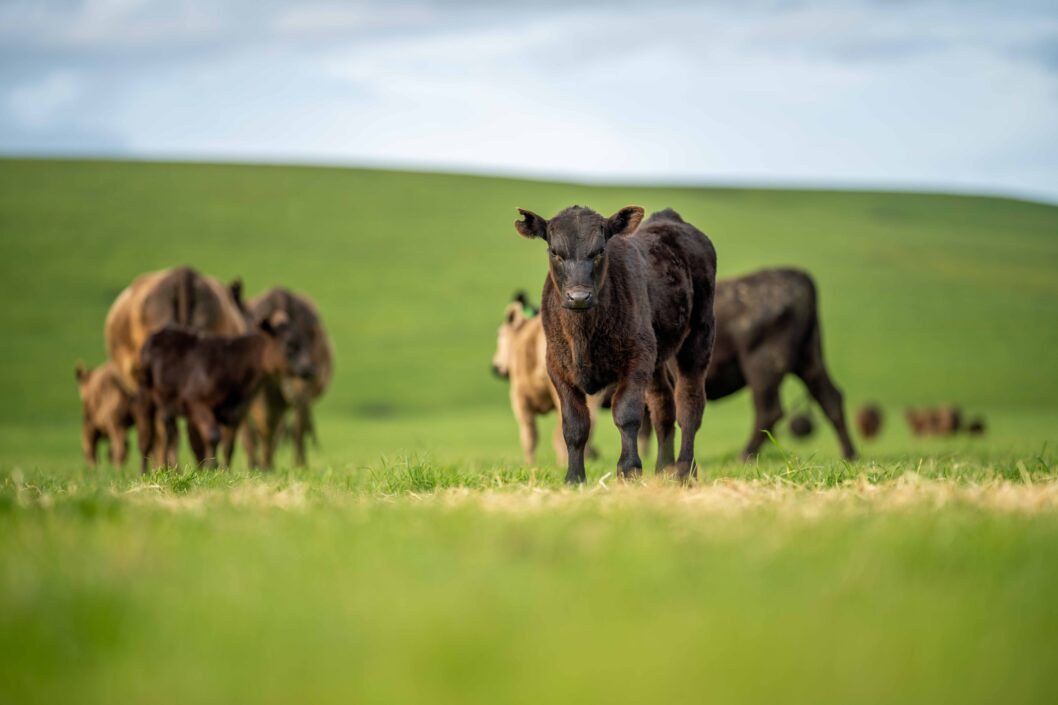While COP 26 was always going to be about implementation, wranglings over finance and commitments, Map of Ag’s Hugh Martineau takes a look at the implications for farming.
Much was made of whether or not the deals struck at COP 26 would go far enough to limit global warming to less than two degrees Celsius (preferably one-and-a-half degrees) above pre-industrial levels.
But it was harder to cut through the noise and determine what some of the rhetoric could mean for the ag sector. Indeed, there weren’t too many specifics but some sense can be made by focusing on the two key greenhouse gasses in agriculture.
Nitrous oxide emissions are created from the application of organic and inorganic fertilisers and the resulting nitrification and denitrification in soils – an essential biological process in growing plants.
According to the United Nations Framework Convention on Climate Change (UNFCCC), “at COP26, governments recognised that soil and nutrient management practices and the optimal use of nutrients lie at the core of climate-resilient, sustainable food production systems and can contribute to global food security”.
It is encouraging to see this focus on nutrients and in particular the use of reactive nitrogen. The movement focusing on #nitrogen4netzero has been gaining traction, not only due to the impact on GHG emissions but also the co-benefits for water and air quality and reducing the impacts of nitrogen deposition on biodiversity.
Map of Ag has focused heavily on nitrogen use efficiency in the past two years with pioneering work with Kellogg’s Origins growers in the UK. The work has provided evidence of the opportunities to reduce environmental impacts and improving margins in the process.
Methane emissions continue to be a focus due to its potency as a GHG (~85 times CO2 over a 20-year time frame) and due to its short-lived status in the atmosphere (average 11.8 years). This short-lived nature means it does not have the same cumulative effect as carbon dioxide so while some argue that it is less of a priority, policy makers now view this as an opportunity to accelerate action on global temperature rises.
This is reflected in the Global Methane Pledge agreed at COP26 which aims to reduce global methane emissions by at least 30% from 2020 levels by 2030. While this pledge is centred on waste, oil and gas industries, the scrutiny of ruminant livestock methane emissions will continue. There are already calls for the pledge to include agriculture which accounts for ~50% of global methane emissions.
Although there is an awareness in certain quarters that livestock are an essential part of our agricultural production system, as an industry we need to provide a better narrative to support this and demonstrate this through data-driven evidence.
For example, emissions from cropland which amount to 11m tonnes of CO2 and measured in a separate inventory to agriculture (Land use, Land use Change and Forestry), are being partially offset by approximately 8m tonnes of removals by grassland.
So how do we create the positive narrative?
- By generating an evidence base that helps us relay the story
- Accepting the challenge and acting on opportunities for emissions reductions
- Demonstrating how to generate carbon dioxide removals
- Enhancing biodiversity gain in our agricultural systems
Data led approach
There are still many gains to be made in improving production efficiency to meet targets and improve emissions intensity (CO2e/Kg product). Efficiency should not be confused with intensification as efficiencies can be found in all production systems. These efficiencies must focus on the key resources we use on farm – land, livestock, feed and fertiliser. We need integrated data management systems to inform management decisions which apply to every farming system.
The other side of the net zero balance is creating removals of carbon dioxide. Creating a baseline of carbon stock in soil and above ground woody biomass (trees, hedges etc) is essential and the data that feeds this must be accurate and gathered in an appropriate way.
Improvements will be driven by improving the methods for data collection, organisation, and use. Specifically, to GHG emissions, the approaches we are adopting for collecting data reduce administrative burdens on farmers by minimising duplication in accessing data, but the most valuable benefit that I have found has been in improving the accuracy of the data collected, which has considerably improved the level of analysis, insights and recommendations that are made as a result.
GHG tools
There are continuing discussions around which tool should be used. This is understandable as farmers are looking for appropriate means to measure the baseline. But really, this is a moot point. Map of Ag is agnostic about tools as long as they meet standards for scientific rigour and transparency. We are working with partners to streamline data collection to inform third-party models.
Emissions calculations and models are continuously being updated as scientific evidence evolves. We need to make sure we have the right data to inform these models, as well as ensuring that data is owned and held by farmers so they can adapt and not be beholden to a single tool provider.
The most important element of GHG measurement is the data that feeds the models. This is the area where most models presently fail – their ability to process high resolution activity data means that accuracy or results is diluted along with the useful insights that can be generated – resulting in generic recommendations for GHG emissions reductions.
We have been working on data collection to improve GHG emissions calculation and are finding that we can get far more value from the assessments than simply a GHG emissions figure.
We are generating Key Performance Indicators from automated data sources that can help identify efficiency gains that can be achieved on farm. This has both a GHG benefit and a positive impact on profitability through resource efficiency.
This is an area that will continue to evolve but as farmers, we need to ensure we maintain control and ownership of our data and hold it in a form that can inform the most relevant and up-to-date models.


